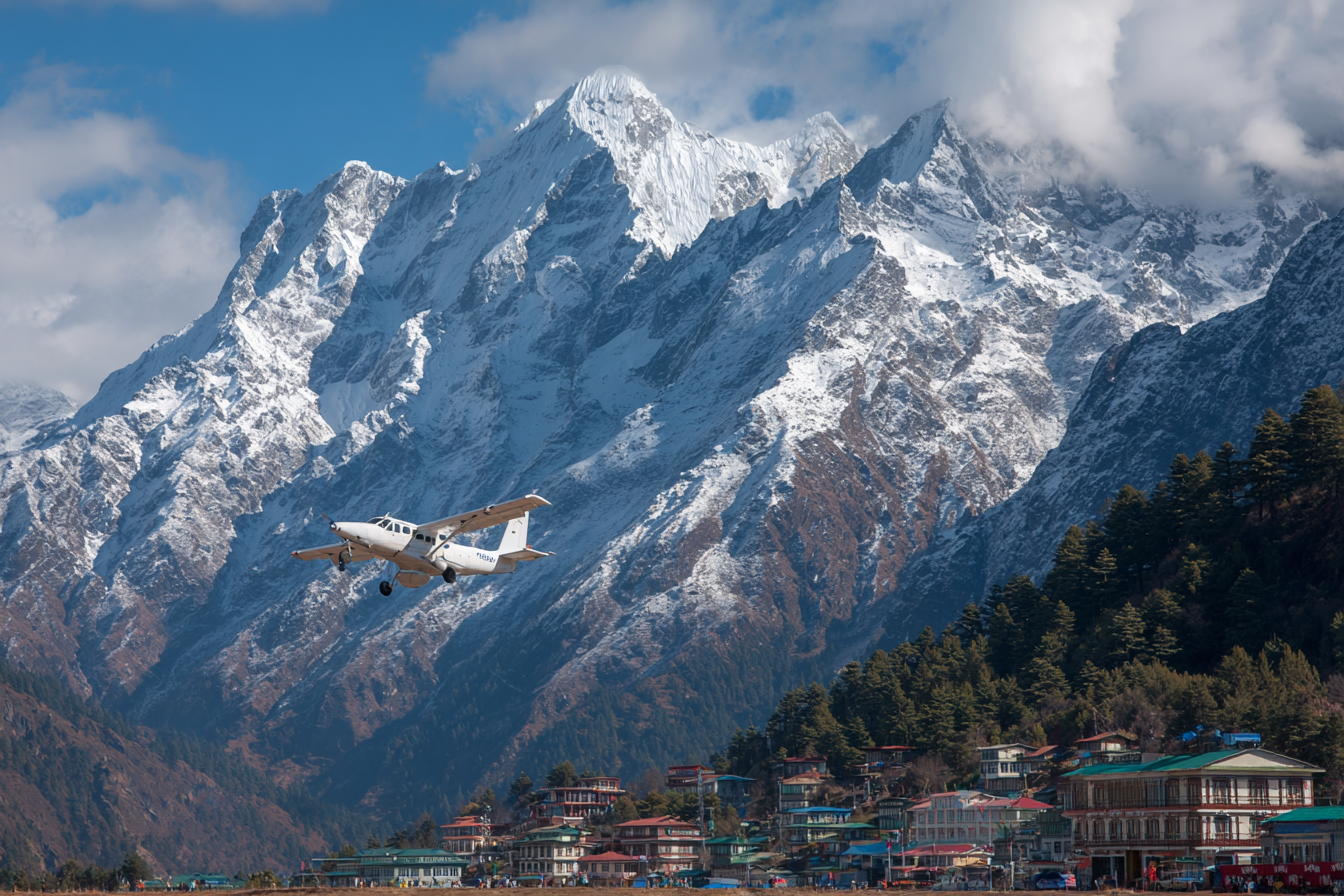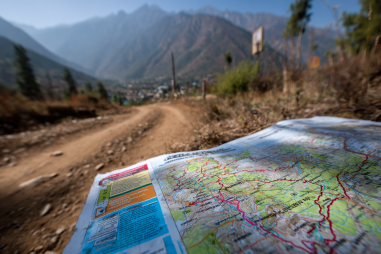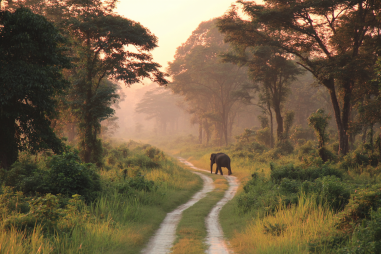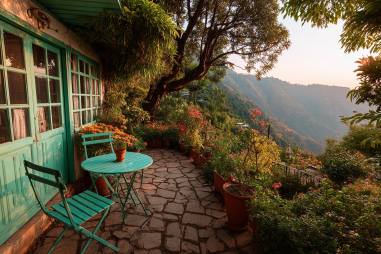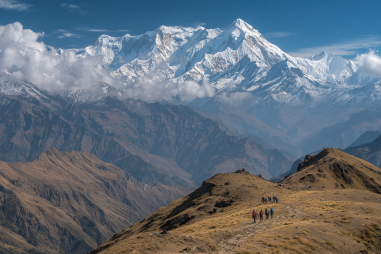Embarking on the Everest Base Camp (EBC) trek is a dream adventure for many trekking enthusiasts worldwide. However, one of the crucial aspects of planning this journey involves understanding how to get to the trek’s starting point and return afterward. The route to Everest Base Camp is not just about the trek itself but also the transportation logistics that connect you from Kathmandu to Lukla and onward to the trailhead. In this guide, we’ll explore various transportation options for reaching Everest Base Camp and returning safely, helping you organize a seamless travel experience.
Flights to Lukla: Schedules and Booking Tips
Most trekkers begin their Everest Base Camp adventure by flying into Lukla, a small mountain airstrip renowned for its challenging landing conditions surrounded by towering peaks. Flights to Lukla typically depart from Tribhuvan International Airport in Kathmandu early in the morning, usually between 6:00 AM and 9:00 AM. This early schedule is designed to take advantage of calmer weather, as afternoon winds and fog often result in cancellations.
Because of its popularity and limited seating, booking your Lukla flight well in advance—especially during peak trekking seasons (spring and autumn)—is imperative. It’s common for flights to fully book weeks or even months ahead. Many trekking agencies offer combined packages that include Lukla flights, which can simplify planning. Alternatively, you can book directly through the airlines, such as Tara Air or Sita Air.
When booking, keep these tips in mind:
- Arrive at Kathmandu airport early to avoid delays at check-in due to the small aircraft size and strict luggage limits (generally 10-15 kg, depending on the airline).
- Pack your gear in soft duffel bags rather than hard suitcases, as space inside the aircraft is limited.
- Be prepared for possible delays or rescheduling due to weather conditions, and plan some flexibility into your schedule.
Kathmandu to Lukla Transport Options
Aside from flying, the journey from Kathmandu to Lukla by land is technically possible but highly impractical for most travelers due to the challenging terrain and long distances involved. The road network to Lukla is underdeveloped, and the trip could take days over rough mountain roads. For those who truly want an extended overland experience, it’s an option, but it’s rarely chosen by typical trekkers.
Most trekkers rely on the fast and efficient domestic flight from Kathmandu to Lukla to save time and energy for the demanding trek ahead. It’s important to note that domestic flights depend heavily on good weather conditions, and cancellations are common in bad weather.
Trekking Trails from Lukla to Base Camp
Once you arrive in Lukla, the trek to Everest Base Camp begins. The trail covers about 65 kilometers (round trip) and usually takes around 12 to 14 days, including acclimatization days. This popular trekking trail passes through scenic Sherpa villages like Namche Bazaar and Tengboche, with stunning views of Everest, Lhotse, and Ama Dablam.
Detailed transportation options are not available beyond Lukla because the journey to base camp is entirely on foot. However, several porters and yaks can assist with carrying your gear during the trek, which helps reduce your load and makes trekking more manageable.
The trail is well-marked, and a variety of teahouses along the way offer food and accommodation. Most trekkers rely on walking between stops, as motorized transport is not feasible on these narrow, rugged mountain paths.
Returning Routes and Transportation
After reaching Everest Base Camp and completing the descent back to Lukla, the primary mode of returning to Kathmandu is the same domestic flight that brought you to Lukla. Like the inbound flight, schedules operate primarily in the early morning hours. Because flights are often fully booked, it’s advisable to secure your return flight on arrival or book it as part of your original itinerary.
In rare cases, if flights are unavailable or canceled, trekkers consider hiking down further to Jiri or Salleri and then traveling to Kathmandu by road or public transportation. However, these routes add days to the journey and are typically chosen only if flight options remain closed for several days.
Alternatives When Flights Are Canceled
One of the biggest challenges trekking to Everest Base Camp is dealing with unpredictable weather that frequently disrupts Lukla flights. When cancellations occur, trekkers must be prepared with alternative plans to avoid being stranded.
- Stay flexible: Plan extra days in Kathmandu or Lukla as buffers during your trip.
- Use overland routes: Though long, some trekkers opt to hike from Jiri to Lukla on foot. This adds around 6–7 days but offers a unique off-the-beaten-path experience.
- Local transportation: In and around Lukla and Namche Bazaar, local jeeps or trucks may be available for limited stretch, although these do not extend far into the trail.
- Stay connected: Make sure your mobile phone works in Nepal and consider obtaining a local SIM card for reliable communication, especially to check flight status updates frequently.
Local Transport Availability in Trailhead Areas
Local transportation options are minimal once you’re past Lukla. The mountainous terrain restricts vehicles on the EBC trekking trail. In Lukla and Namche Bazaar, you might find small motorbikes or jeeps for hire, mainly used by residents for short-distance travel.
Porters and pack animals remain the primary support for transporting goods along the trail. For trekkers, walking is the only practical mode for onward travel beyond Lukla.
Safety Considerations for Air and Ground Travel
Flying to and from Lukla can be thrilling but also risky. The airport is considered one of the most dangerous in the world due to its short runway, altitude, and surrounding mountains. It’s important to select reputable airlines with experienced pilots, follow all safety instructions, and remain patient during delays.
On the ground, trekking safely demands attention to altitude sickness risks, proper acclimatization, and preparation for sudden weather changes. Ensure you travel with appropriate gear, have comprehensive travel insurance, and consider hiring experienced guides and porters to enhance safety.
When using local transport in towns along the trail, inspect vehicles’ condition and avoid overcrowded rides. Nepalese mountain roads are often narrow and winding, so vigilance is essential.
Planning Seamless Transport Connections
For a smooth and memorable Everest Base Camp trek experience, careful planning of transportation logistics cannot be overstated. Follow these key strategies:
- Book your Lukla flights early, and reserve return flights as soon as you arrive in Lukla.
- Build extra buffer days in your itinerary to manage flight delays or cancellations.
- Consider flexible trekking routes if weather conditions force you off planned flights.
- Equip yourself with local SIM cards and stay up-to-date with weather forecasts and flight news.
- Engage with local guides or trekking agencies who can assist with transportation issues and provide real-time support.
By understanding your transportation options and preparing ahead, you’ll enjoy a well-coordinated journey to one of the world’s most spectacular trekking destinations.

